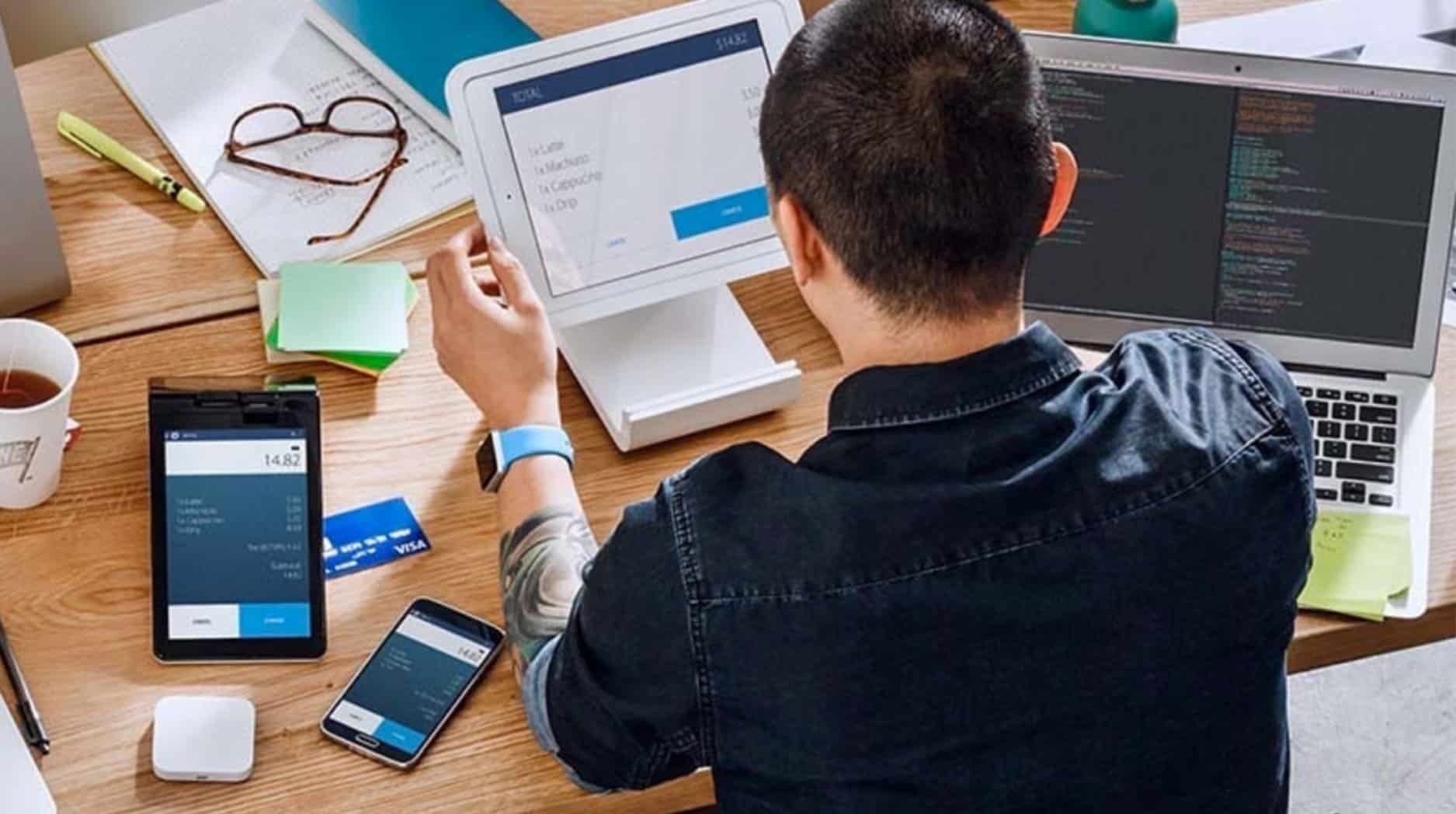How Visa Will Use The Internet Of Things To Help Displace Cash
Visa shares a common goal with the rest of the payments industry:
The death of cash.
“The ultimate goal is to replace cash,” said Avin Arumugam, senior vice president for the Internet of Things, programs and venture at Visa at Mobile World Congress 2017 in Barcelona. “Nobody is saying use more cash. Cash and checks have a horrible marketing budget. They are not easier. They are all dirty, technically (because cash is dirty from people’s hands). We are all trying to chip away.”
According to the payments industry, 85% of global transactions by volume are still done in cash (the industry has been using this number for at least the last seven years). If the payments industry can move that needle just 0.1% towards digital transactions, which represents hundreds of billions of dollars in volume.
So how does the payments industry displace cash in favor of cards and digital payments?
Surface area.
For decades, the answer to decreasing cash transactions for the payment processing companies has been to increase the amount of credit, debit and prepaid cards in the world. The networks (Visa, Mastercard, American Express, Discover being the main ones) work with card issuers like banks, credit card companies and retailers to find new ways to get more cards into people’s pockets.
After a while, the generic strategy of “issue more cards” reaches a point of diminishing returns, especially in developed markets. The available surface area to plastic cards begins to run out.
But in the late 2010s, manufacturing surface area to create new opportunities for growth is nearly boundless. The digital landscape is a bounty to be harvested, pragmatically and iteratively. The accelerating collision between digital and physical means the prospects are endless.
Every Device Will Soon Be A Device For Commerce
One of Visa’s plans to increase the surface area of potential ways to pay is to turn every device into a payments device.
“How we think about IoT is really simple. Solving everyday problems that people and businesses have using technology in a really elegant way,” said Arumugam. “That’s what we think the whole IoT revolution is about. And as these devices begins to be connected, we believe that consumers, there is going to be a commerce moment where the consumer says, ‘man, I wish I could pay for that.’ That’s where we want to be. We want to help the overall ecosystem blossom. We want to help all of the players understand that the safety and security that Visa gives to consumers is propagated to anybody that wants to have payments.”
Visa technique to turn every device into a payments device is centered on a few programs. Foremost, Visa Ready which encompasses the Visa Digital Enablement Platform and the Visa Token Service (click here to learn more about payment tokens).
Visa describes the Visa Ready program:
The Visa Ready Program is a commercial program designed to provide innovators with a path to help ensure that devices, software and solutions can initiate or accept Visa payments. It also provides a framework for collaboration with Visa, as well as guidance and best practices to access the power of the Visa network. Mobile point-of-sale acceptance (mPOS) providers, mobile NFC-enabled device manufacturers, and chip and platform providers are already playing a critical role in enabling new ways to pay and benefiting from the Visa Ready Program.
The Visa Ready Program for IoT will also enable device manufacturers to evaluate, develop and potentially adopt new payment methods that are already approved by Visa, and can help financial institutions and merchants drive growth by expanding the use and acceptance of electronic payments globally.
In addition to Visa Ready, VDEP and the Visa Token Service, the payment processor announced a partnership with Intel at Money 20/20 in Las Vegas in October that will improve device and digital authentication through Visa’s network and Intel’s chip technology and algorithms.
“It is the maturity of all of this technology that we did with tokenization,” said Arumugam. “At the end of it, consumer experience in how they consume the product and how they actually make their payment. That is what makes it really useful. Safety, security and it has to be seamless. We like to keep it tried and true: safe, simple, easy.”
By focusing on the consumer Internet of Things—jewelry, automobiles, home appliances etc.—Visa is tackling the convergence of the digital and physical worlds to create surface area in its quest to finally bring about the end of cash.




